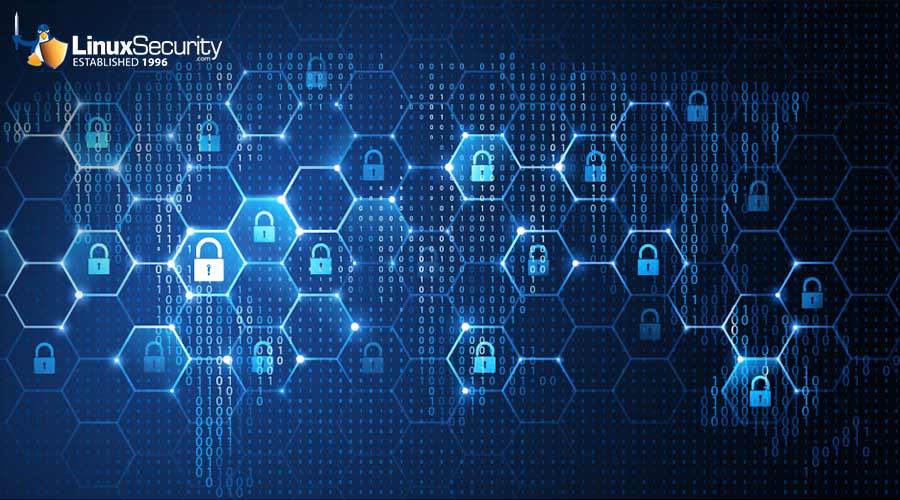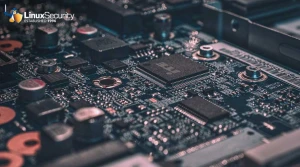Forensic Analysis of a Live Linux System, Part One
Sometimes the live procedure described here is the only way to acquire incident data because certain types of malicious code, such as LKM based rootkits, are loaded only to memory and don't modify any file or directory. A similar situation exists in Windows operating systems -- the Code Red worm is a good example of this, where the malicious code was not saved as a file, but was inserted into and then run directory from memory.
On the other hand, methods presented below also have serious limitations and violate the primary requirement of the collection procedure for digital investigation -- a requirement which can not be easily fulfilled. That is: every user and kernel space tool used to collect data by nature changes the state of the target system. By running any tools on a live system we load them into memory and create at least one process which can overwrite possible evidence. By creating a new process, the memory management system of the operating system allocates data in main memory and then can overwrite other unallocated data in main memory or in the swap file system.
Other problems arise when we plan to take legal actions and need to comply with local laws. The signs of intrusions found in images of main memory can be untrusted, because they could be created by our acquisition tools. So before taking any action we must decide whether to acquire some data from a live compromised system or not. It is very often worth it to collect such information. In the main memory image we can find passwords or decrypted files. Using /proc pseudo file system we can also recover programs that have been deleted but are still allocated in memory.
In an ideal world, I could imagine a kind of hardware based solution for Intel-based computers, which would allow us to dump the whole memory to an external storage device without assistance of operating system. Such a solution exits on Sparc machines, whereby we can dump the whole physical memory by using the OpenBoot firmware. Unfortunately, no similar solution exists for Intel- or AMD-based computers.
Despite the above problem, software based methods also have advantages for forensic purposes, and I'll try to show them in this paper. The main goal of this article is a presentation of methods used during an evidence collection procedure. All collected data can be used later to perform offline forensic analysis. Some of presented tasks can be also be performed in the preparation and identification phases of the incident response cycle -- these are two of the six phases defined in a guide called "Incident Handling Step by step", published by the SANS Institute.
The link for this article located at SecurityFocus.com is no longer available.
























